We explain what theater is, how it originated and the variations that exist. Also, what are its characteristics, structure and more.
What is the theater?
When we talk about theater we mean one of the oldest arts known to mankind . It consists of the representation in front of the spectators of acted stories combining speech , gestures, scenery and music . Every theatrical performance is a play .
At the same time, the term theater is used as a common synonym for dramaturgy , that is, the writing of works intended to be represented in a theater, that is, the composition of plays. In that case we refer to a literary genre , heir to the old genres of tragedy and comedy.
Origin of the theater
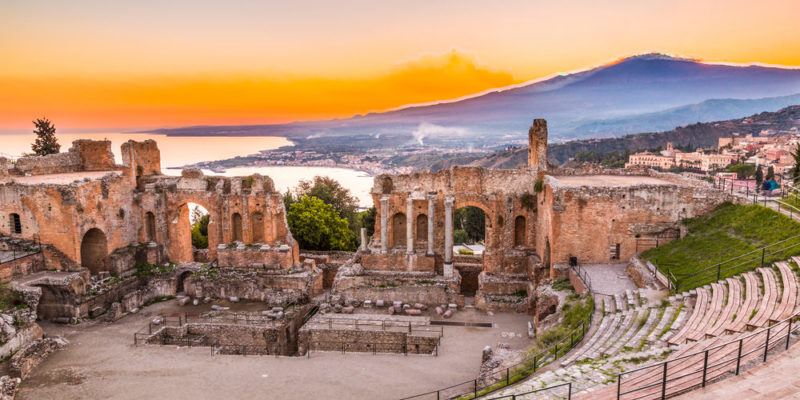
It is believed that the theater derived from ritual representations of a shamanic or religious type .
These rituals were used by primitive human beings in the hope of fighting disease , invoking rain, or demanding victory in war.
Therefore, it arose in different cultures at the same time , thus existing an Indian theater (Brahmanic), a Chinese theater and a theater of Greek antiquity .
The latter is considered the initiator of the theatrical (and literary) tradition in the West .
There the "dramatic art" was born from various rituals belonging to their religion, which from ritual practice became myth and later the word was added, thus becoming the first theatrical works.
With them, the ancient Greeks sought to educate their citizens religiously, emotionally and civically , through the representation of their founding myths, in which their gods and mythological heroes appeared .
Theater history
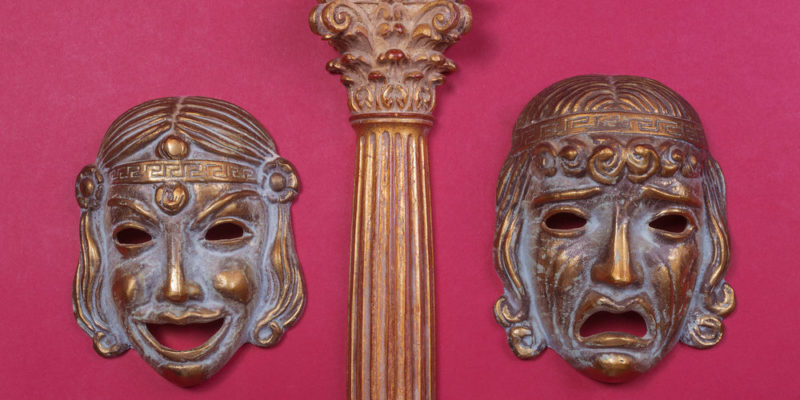
The old classic witnessed the beginning of the theater in the West and its incorporation into the imagination of the Roman Empire , after the absorption of Hellenic culture by Latinos.
Initially, the Romans accompanied the performance with music and dance , just as the Greeks did, but gradually they focused almost exclusively on the word.
After the fall of the Roman Empire, the theater was inherited by the Christian Middle Ages , associated with popular culture . But then he joined the theocratic thinking that dominated Europe for fifteen centuries.
Since the Church used it as a mechanism of evangelization , Christian mysteries and passions were represented , with ecclesiastical subsidies.
The non-religious variants were called "profane" theater and in both cases they were recited in Latin first and then in vernacular languages.
With the passage from theocentrism to anthropocentrism in the Renaissance , the theater gained great importance as an expressive form . Like other forms of art , it took up the classical tradition abandoned during the Middle Ages .
In the following centuries many of the great genres and authors of European theater flourished .
Contemporary theater
Modernity saw in the theater the opportunity to give body and voice to many of the new currents of aesthetic, political and philosophical thought that appeared after the discovery of America and especially the Bourgeois Revolutions .
From the Renaissance to the rise of Romanticism , a movement was cultivated that produced some of the greatest exponents of the genre in Europe and the Americas .
This legacy was the source of inspiration for the avant-garde , who from the end of the 19th century to the mid-20th century saw the theater as an aesthetic laboratory in which to put different creative trends to the test.
There he showed himself from the absurd and cruel , to the theater committed to the Marxist revolution and therefore anti-bourgeois.
How is theater classified?
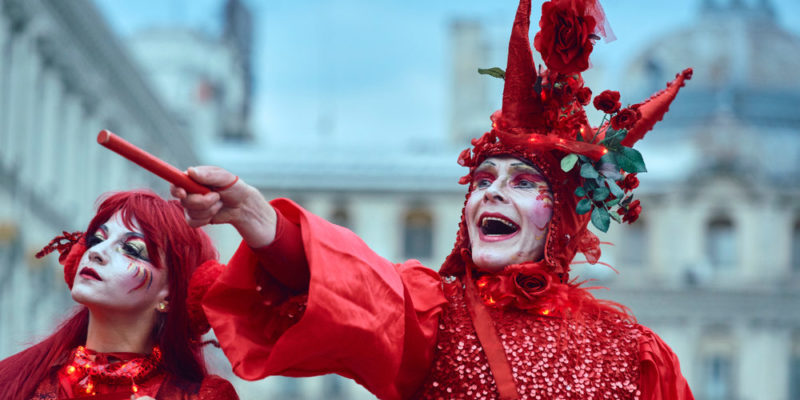
The plays are traditionally classified into tragedy and comedy , based on the feeling that each genre carries: sadness and laughter.
On the other hand, Aristotle pointed out that each one represents the human being in two different ways: as a courageous being fallen from grace, or as a common villain who can be laughed at.
Subsequently, numerous theatrical genres appeared in history that made the classification more complex, such as:
- The tragicomedy (romantic drama). Mix of tragedy and comedy.
- The farce. Caricature of the characters and situations generally laughable.
- The melodrama. Which incorporates a musical accompaniment to the tragedy that details the emotional situation of each scene.
- The realistic drama. That imitates reality to move the public and sensitize it socially.
- The intimate theater. Represented for a small audience and around a limited situation, taking advantage of the feeling of being "alone" with the character.
- The street theater. Which is performed on the public highway and often incorporates the audience in the play.
Basic elements of the theater
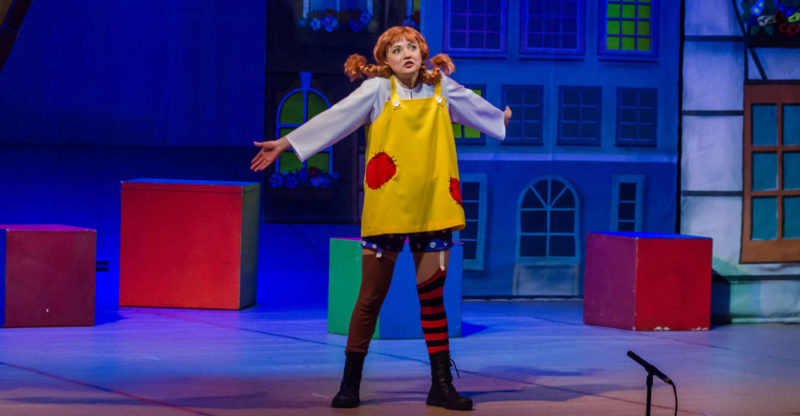
The usual elements of the theater are:
- Stage. The place where the performance takes place, be it a theater, the street, a park or the living room of a house. It can be at the top of a platform, or at ground level , and it can have a curtain and a curtain or not.
- Actors. Those who represent the characters in the play, generally differentiated between protagonists and secondary characters. The same actor can take several roles, if the play requires it.
- Text. The works have a libretto, that is, a script similar to the cinematographic one, in which the dialogues and thoughts of the characters are indicated (parliament), the actions they will undertake (didascalic or annotations) and the beginning and closing moments of every act, scene and of the play.
- Costumes and scenery. The total of the decorative or air freshening elements of the work, such as costumes, prop materials (swords, tables, chairs, etc.) or the background landscapes: city , country , mountain , etc.
Structure of a play
Theatrical works are generally made up of acts, that is, internal divisions between which you can change:
- The fictional place represented;
- The tenor of the story;
- The time represented (years later, for example).
Each scene can be long or short as stipulated in the play , and can involve as many characters and actions as necessary. But generally the departure of a main character, the change of scenery or the advance of time implies a new scene.
Theatrical direction
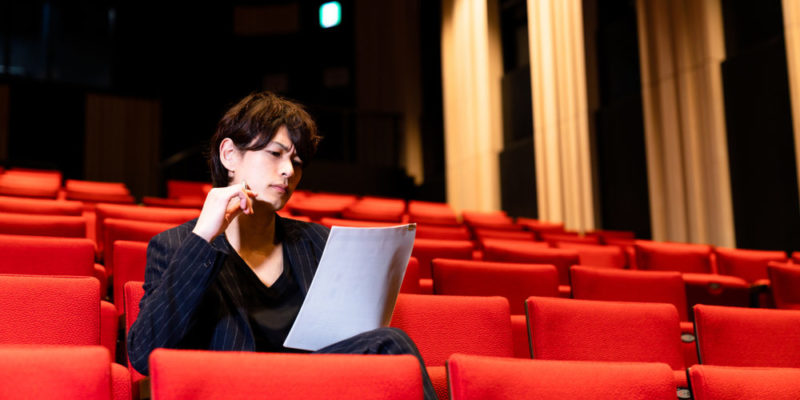 Every theatrical piece has a director: an "author of the montage", who is responsible for the orchestration of the elements that intervene on stage. He deals with both the acting leadership and the rest of the team. His role is comparable to that of the director of a cinematographic work.
Every theatrical piece has a director: an "author of the montage", who is responsible for the orchestration of the elements that intervene on stage. He deals with both the acting leadership and the rest of the team. His role is comparable to that of the director of a cinematographic work.Many great playwrights have also been theater directors. However, it is also common for directors to dedicate themselves to putting together classic works or those written by another playwright.
Why is theater important?
The theater has been throughout its history one of the most important artistic genres due to its ability to communicate with the masses. In this sense, it can only be equated today with cinema and the large audiovisual media.In theatrical performances , the public could be subjected to ideas of all kinds , often disguised as fiction, to encourage critical thinking or to problematize political and social features of the time.
The use of theater as an instrument of complaint and protest has been one of its constants.
Ancient and current theater
 The main distinctions between ancient and contemporary theater suggest that the latter allows a greater degree of experimentation .
The main distinctions between ancient and contemporary theater suggest that the latter allows a greater degree of experimentation .In other words, the current theater has greater freedom from any vigilant look in moral or religious matters (although not always in political matters).
In addition, the ancient theater consisted of long theatrical days that occupied the public for hours, sometimes days. That is why they were part of celebrations on specific dates.
The brevity of modern life leads us to the fact that, in general, theatrical works do not exceed two or three hours at the most.
Great playwrights in history
Some of the great theater writers in history are:
- The playwrights of classical Greece: Aeschylus (525-456 BC), Sophocles (496-406 BC and Euripides (c. 480-406 BC).
- William Shakespeare (1564-1616).
- The three greats of the Spanish Golden Age : Lope de Vega (1562-1635), Tirso de Molina (1579-1648) and Calderón de la Barca (1600-1681).
- Molière (1622-1673).
- Jean Racine (1639-1699).
- Friedrich Schiller (1759-1805).
- Anton Chekhov (1860-1904).
- Henrik Ibsen (1828-1906).
- Federico García Lorca (1898-1936)
- Antonin Artaud (1896-1948).
- Bertoldt Brecht (1898-1956).
- Samuel Beckett (1906-1989).
- Eugene Ionesco (1909-1994).
- Tennessee Williams (1911-1983).
The above content published at Collaborative Research Group is for informational and educational purposes only and has been developed by referring reliable sources and recommendations from experts. We do not have any contact with official entities nor do we intend to replace the information that they emit.
Luke is passionate about fostering student involvement and connection. He studied psychology for his major and likes learning about the past. Luke aims to specialize in artificial intelligence and cybersecurity. .
Leave a reply
Your email address will not be published. Required fields are marked *Recent post

Sport: What Is It, Types, Risks, Features, Characteristics and Examples

Dogs: Emergence, Features, Characteristics, Feeding and Breeds

Story: Definition, Elements, Structure, Features and Characteristics

